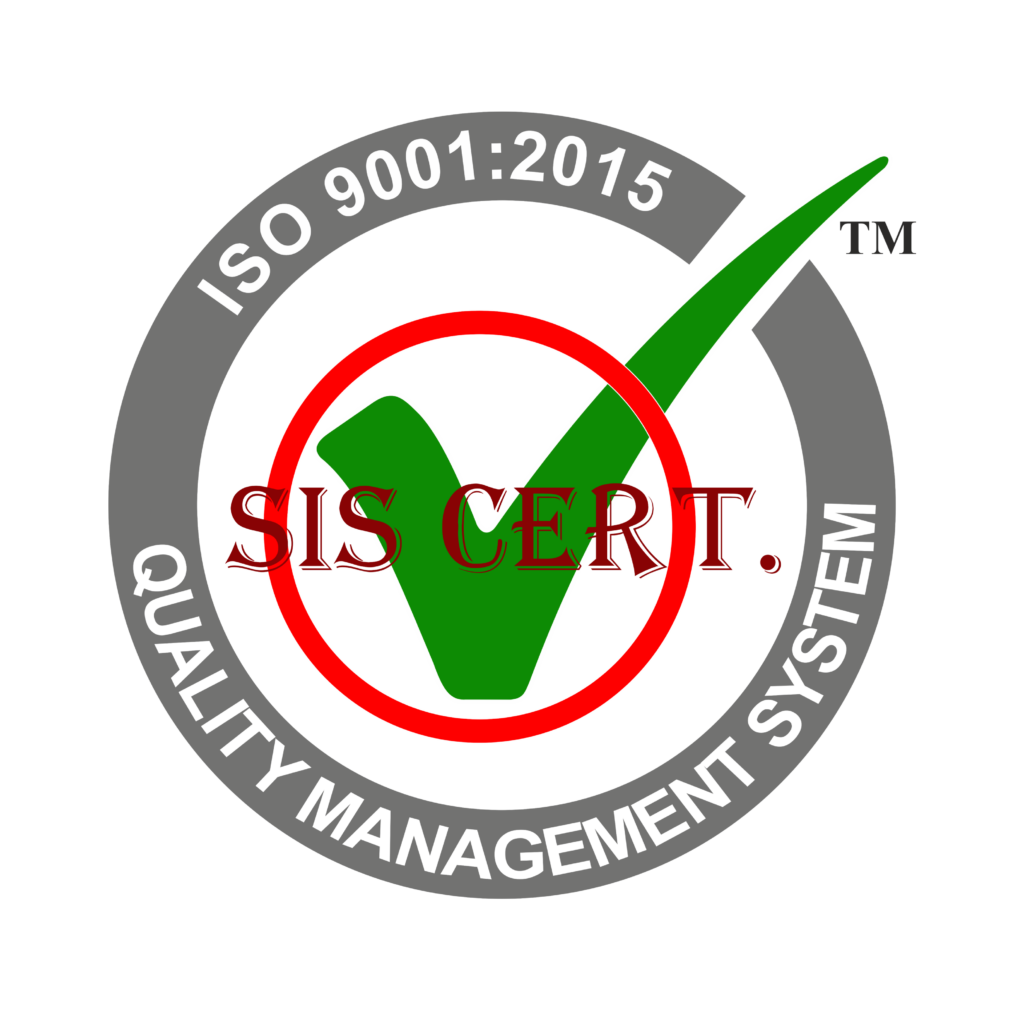Stainless steel is a revolutionary material that has enabled countless innovations in the manufacturing sector.
As technology advances, so too does the potential of stainless steel, with new advancements providing unprecedented corrosion resistance, automation, super-alloys, machining techniques, and welding capabilities.
In this article, we will explore the top technology advancements in stainless steel manufacturing and their implications for the future.
Key Takeaways
- Improved corrosion resistance achieved through process refinements and materials engineering
- Automation technologies increase efficiency in stainless steel production
- Super-alloys enhance strength and heat resistance in stainless steel manufacturing
- Advancements in machining technology for stainless steel manufacturing
Corrosion Resistance
Recent advancements in stainless steel manufacturing have enabled manufacturers to produce stainless steel products with improved corrosion resistance. This is accomplished through a combination of process refinements and materials engineering.
These improvements have resulted in a wide range of steel products that are highly resistant to corrosion and possess a longer life cycle. The process begins with the selection of high-quality raw materials, which are then processed using advanced technologies such as vacuum arc remelting and high-temperature extrusion. This helps to create a homogeneous microstructure in the steel, which improves its ability to resist corrosion.
Additionally, advanced surface treatments can be used to further enhance corrosion resistance, such as electroplating or passivation. These technologies and materials engineering advancements have allowed stainless steel to become a preferred material in many industries, due to its unparalleled resistance to corrosion.
Automation
Building upon the corrosion-resistant qualities of stainless steel, manufacturers have also developed automation technologies to further increase the efficiency of its production. Automation has resulted in a more streamlined manufacturing process, with improved accuracy and speed. For example, robotic machines can be programmed to increase the speed of production, while also ensuring precision and repeatability.
Automation has also decreased the need for manual labor while eliminating the potential for human error. Automation has also allowed manufacturers to reduce the cost of production significantly, resulting in cost savings for businesses and consumers alike.
In addition, automation has enabled stainless steel manufacturers to produce complex designs with greater accuracy, leading to improved quality control and a greater variety of products.
All in all, automation has revolutionized the stainless steel manufacturing process and has made it more efficient, cost-effective, and reliable.
Super-alloys
Another major technology advancement within stainless steel manufacturing is the use of super-alloys. These are metallic materials composed of different elements, such as nickel, titanium, and cobalt, that have superior strength and heat resistance. Super-alloys are especially advantageous for producing components that will be exposed to extreme conditions, such as high temperatures and corrosive environments.
Furthermore, they enable manufacturers to create lighter and stronger parts than ever before. This is essential for producing components for aircraft and other high-performance applications. Super-alloys also enable manufacturers to create components with superior aesthetics. This is important for applications where appearance is a factor, such as in medical and decorative products.
Super-alloys are revolutionizing stainless steel manufacturing, making it possible to achieve new levels of performance and beauty.
Machining
How further has machining technology advanced within stainless steel manufacturing?
Modern machining processes are able to create parts of high precision with better accuracy than ever before. The accuracy and speed of machining has been increased thanks to the use of computers to control the cutting tools.
New materials such as high-tech ceramics, diamond, and carbides have also been incorporated into machining, allowing for faster and more accurate cutting of stainless steel. New machining technologies have also been developed that can produce intricate shapes and surfaces with precision and accuracy, further reducing the time and cost of production for stainless steel parts.
This advancement in machining is driving innovation and cost savings for stainless steel manufacturers.
Welding Techniques
Subsequent to the advancements in machining technology, welding techniques have also seen significant improvements in stainless steel manufacturing with the emergence of new technologies.
Laser welding is one of the more prominent advancements, allowing for stronger and more precise welds than traditional welding. Laser welding is especially beneficial for joining dissimilar materials, and can be used to weld extremely thin materials while avoiding heat-affected zones.
Another modern welding technique is friction welding, which is often used to join metals that are difficult to weld with traditional methods. This process uses friction and pressure to weld two pieces of metal together, eliminating the need for filler materials.
Frequently Asked Questions
What Are the Environmental Benefits of Using Stainless Steel?
Stainless steel is a highly sustainable material, providing environmental benefits such as energy efficiency, reduced emissions, and low levels of maintenance. It is recyclable, corrosion-resistant, and durable, making it an ideal choice for many applications.
How Much Energy Is Saved Through the Use of Stainless Steel Manufacturing?
Using stainless steel in manufacturing can significantly reduce energy consumption, leading to a more efficient and eco-friendly process. By leveraging the properties of stainless steel, energy is saved, helping to create a sustainable and prosperous future.
What Is the Best Method for Disposing of Stainless Steel Waste?
The best method for disposing of stainless steel waste is to recycle it. This process is both economical and environmentally friendly, reducing the need for new materials and conserving energy.
Are There Any Health Hazards Associated With Stainless Steel Manufacturing?
Yes, there are potential health hazards associated with stainless steel manufacturing. Workers may be exposed to hazardous materials such as toxic fumes or dust, and must take the necessary safety precautions to avoid potential harm.
What Are the Long-Term Cost Savings Associated With Using Stainless Steel?
The use of stainless steel offers long-term cost savings through its durability and efficiency. It is a cost-effective material with reduced maintenance costs, meaning businesses can save money over time.
Conclusion
Stainless steel manufacturing has seen significant advances in recent years. These advances include improved corrosion resistance, automation, and the use of super-alloys. Additionally, welding and machining techniques have also been improved, leading to higher quality products.
These advances have made stainless steel a more reliable and cost-effective material for a variety of applications. With the continued development of technology, stainless steel manufacturing is likely to become increasingly efficient and effective in the years to come.


